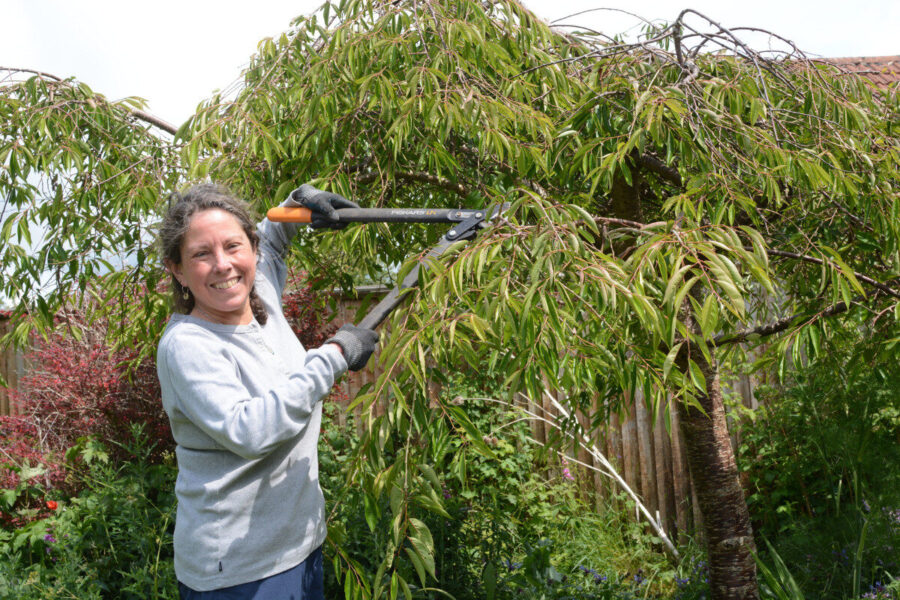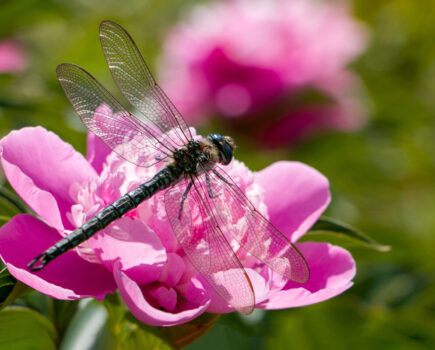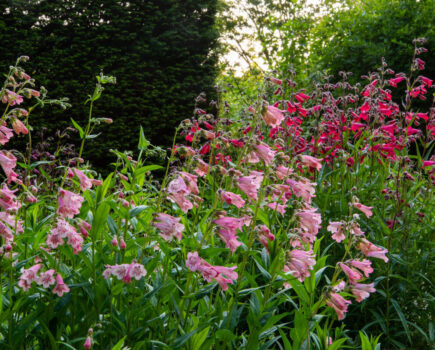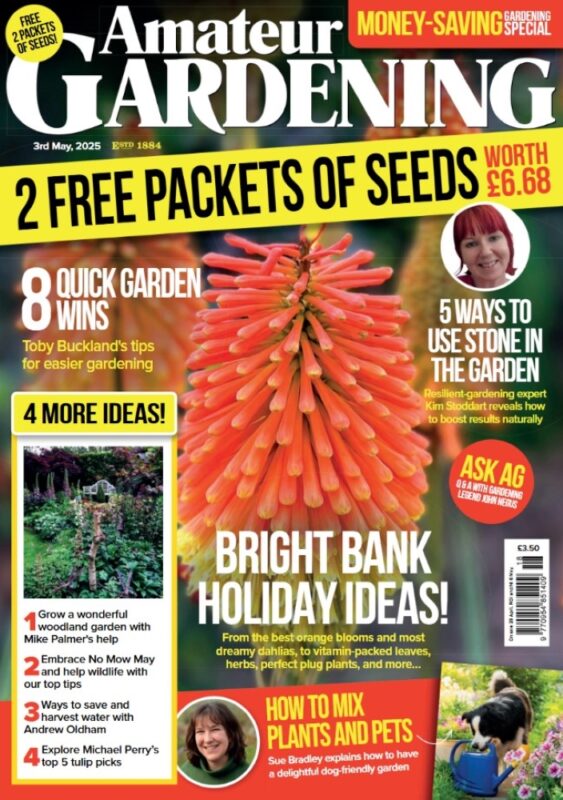The kindest cut now will keep them shapely and healthy
At the time of writing it’s been a glorious early summer so far, the record-breaking dry days of spring becoming slightly more showery as the temperatures rise, meaning the plants have been going ballistic!
There’s been so much growth across the borders that I’m already trying to work out where I can relocate some of our perennials this autumn so they all have enough room for optimum growth.
It’s also been a generous summer on a personal front, with lots of plant swapsies going on with friends. We had a glut of tomato seedlings which have duly been exchanged for courgettes, cucumbers, herbs and leeks, in the true spirit of community gardening.
I also donated some of our summertime prunings to a local theatre group who were staging a series of Thomas Hardy plays – confession time, I was in the production as a tree! – which was a great way of getting rid of some excess garden waste via the natural costumes and set.
Depending on what you have growing in your garden, pruning can be a year-round occupation and high summer is the time when we cut back evergreens, shrubs that flower early in the season and trees that are affected by silver leaf disease.
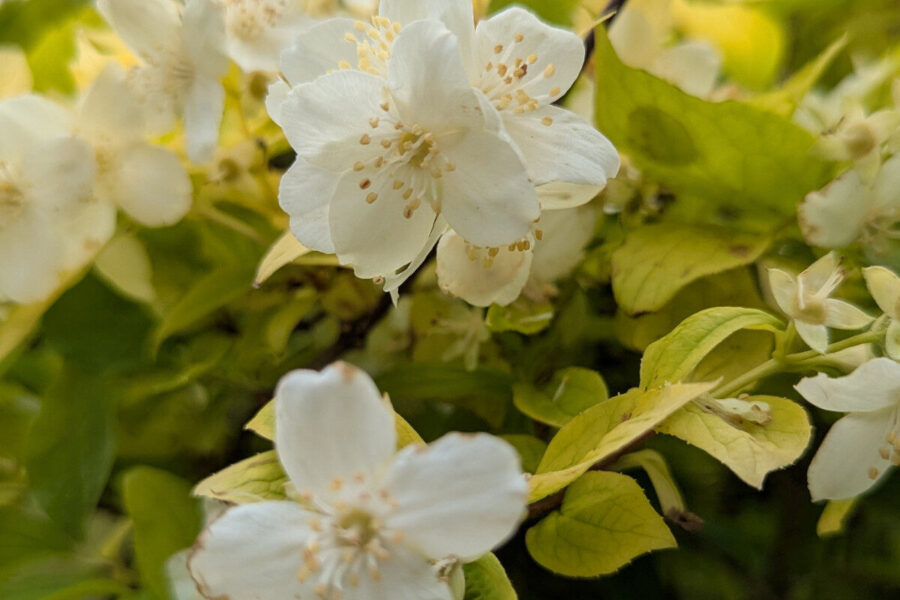
Clean, sharp tools are essential
Evergreens are cut back now so their wounds heal before the colder weather arrives, and shrubs such as weigela and philadelphus that flower as summer is getting underway are trimmed so they have time to produce new stems that will hold next year’s blossom.
Plums, gages, cherries, apricots, almonds, laburnum and rhododendrons are pruned in midsummer because the spores of silver leaf disease, which can infect pruning cuts, are most active between September and late spring.
Before starting pruning, remember the motto ‘look twice and prune once’, make sure your tools are clean and sharp and use the right equipment for the job.
Secateurs can handle pencil-thick stems, use loppers to tackle anything thicker and higher up, and turn to your pruning saw for sturdy stems. Clean and store them safely after use.
Things to remember when cutting back now
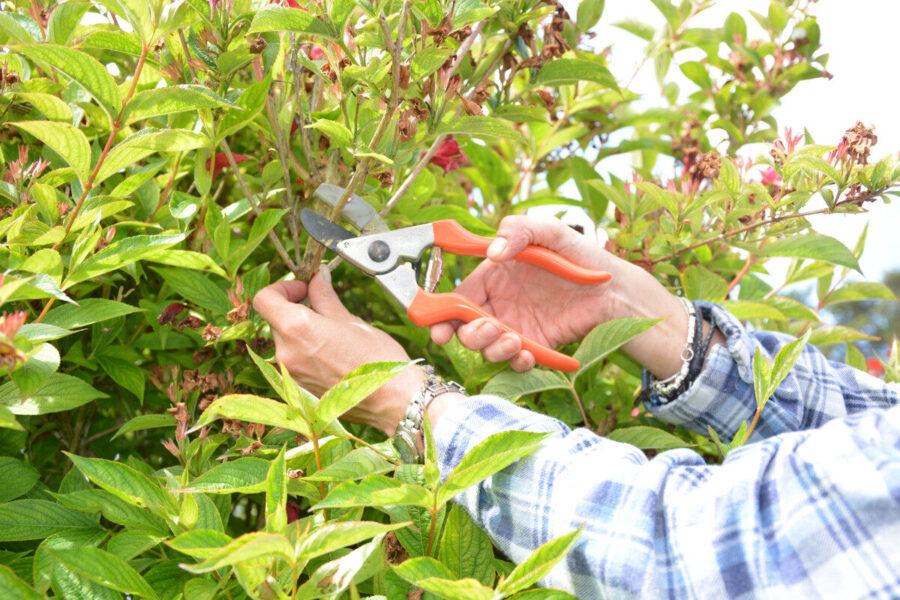
1. Using clean, sharp tools to remove dead, diseased and dying stems as well as those cluttering the inside of the tree or shrub.
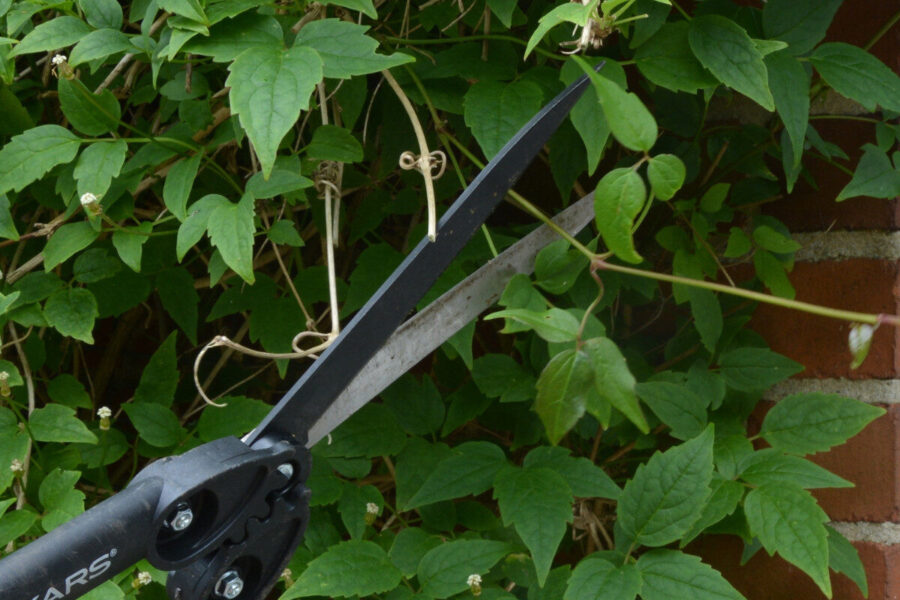
2. Deadhead and feed large-flowered clematis in anticipation of more flowers, and cut back sprawling early varieties like C. montana.
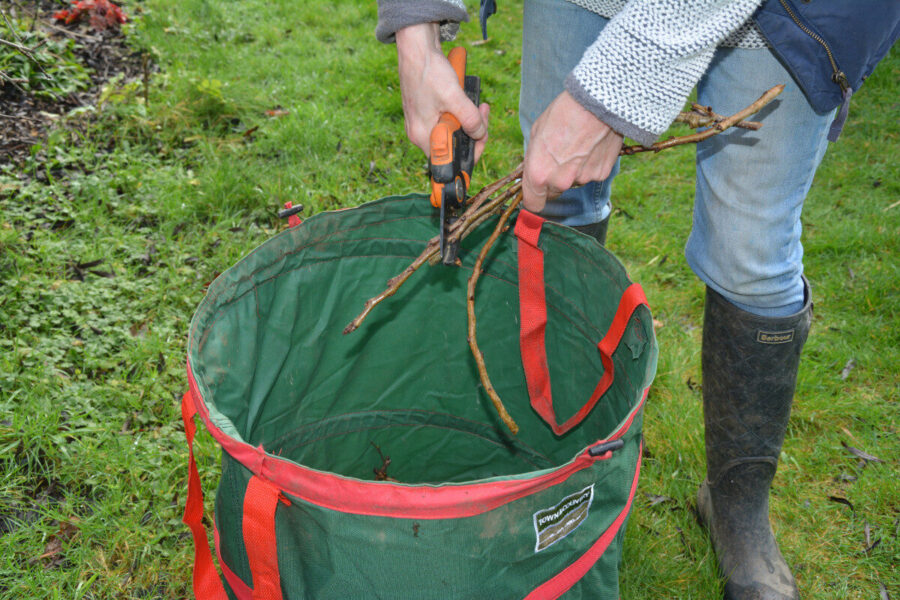
3. Prunings can be composted as ‘brown waste’, but always cut them up or shred them first so they rot down faster.
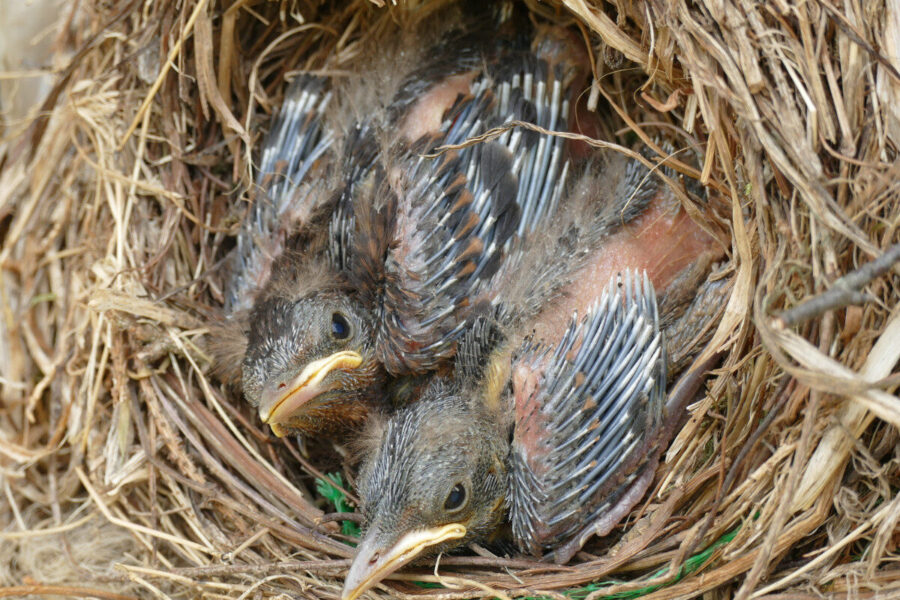
4. It is still nesting season and many birds have more than one brood, so carefully check trees and shrubs before pruning.
Find more tips, advice and articles like this at the Amateur Gardening website. Subscribe to Amateur Gardening magazine now

